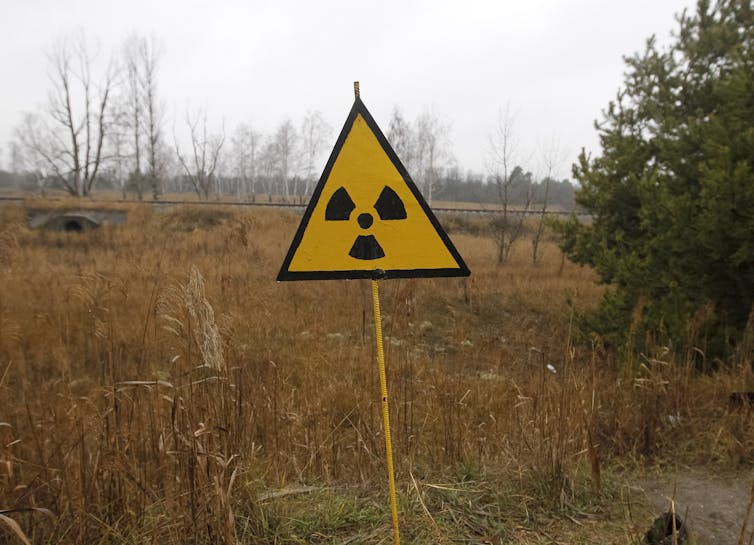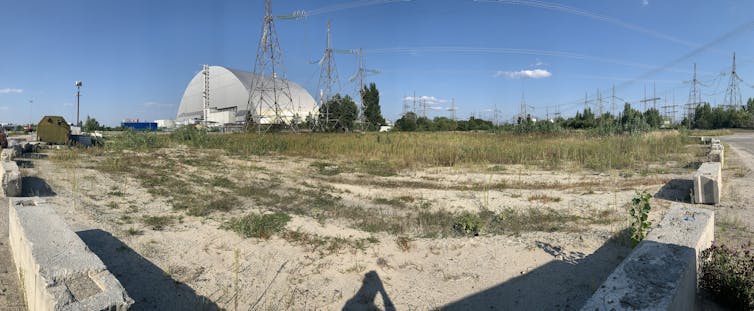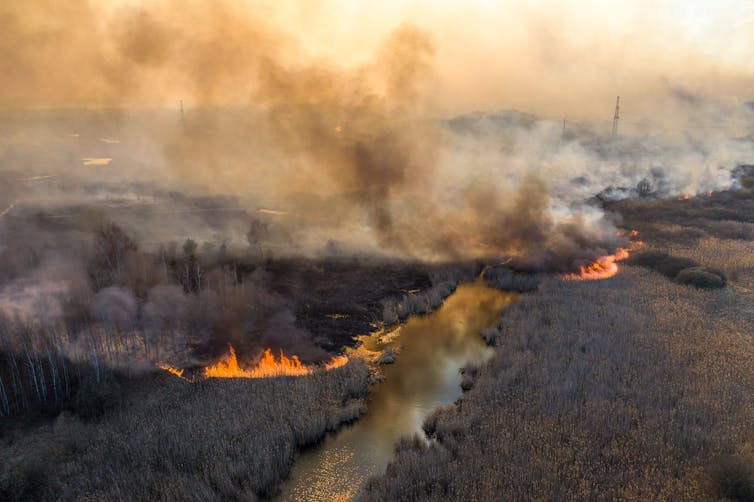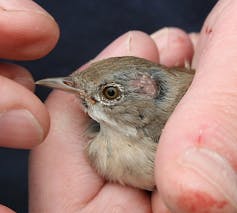
Yesterday, I changed some light bulbs. Yes, it would have been nice had I changed them when it was getting dark earlier – but there isn’t a lot of ancillary lightng in that room, and I had to be able to see to do it. Also, balance is an issue – I’ve had balance issue on and off since childhood. Most of the time you wouldn’t know it – I can walk aound fine inside without a cane or crutch (because i knpw all the handholds) – but when I go even one step up I need something to grab. But I got it done. Later, I listenet to the Met Opera “A Concert For Ukraine.” I hoped it might show up later on YouTube, but all that has been loaded is the final curtain calls (If anyone does care, when they bring on the soloists, they are, from left to right, .Jamie Barton, Elza van den Heever, Lisa Davidsen. Then Yannnick Nézet-Séguin (the conductor), and on the right, a 24-year-old Ukrainian bass-baritone in the Met’s Lindemann Young Artists Program (which is what thy call their apprentice program, Every major opera company has one now.), followed bt Piotr Beczala and Ryan Speedo Green. Davidsen sang the Four Last Songs by Strauss, and the young Ukrainian soloed in the Ukrainian National Anthem. The other four were the soloists in the last movement of Beethoven’s nintu (Ode to Joy). Sorry I didn’t catch the young Ukrainian’s name … but I also watched a video of a different performance of the anthem, prior to an opera, and I actually picked him out – he was the only one not reading the words, and he had his hand over his heart just as he does in the curtain call. (Beczala, who also puts his hand over his heart in the curtain call, is from Poland, one of Ukraine’s nest door neighbors.) I realize this is not as meaningful if one doesn’t know the peole … but I do (except the one I will get to know better later.)
Cartoon –

Short Takes –
Crooks and Liars – Ukraine To Release Commemorative ‘Russian Warship, Go F#ck Yourself’ Stamp
Quote – The Ukrainian postal service will release a stamp that says “Russian warship, go f#ck yourself” to commemorate the soldiers who reportedly cursed out Russian forces attacking Snake Island during the early days of the Russian invasion. Ukraine’s Ukrposhta wrote on Facebook that they will be holding a vote to choose one of 20 finalist designs sent in which feature the phrase, which has become a rallying cry for Ukrainian troops and citizens defending their homeland.
Snake Island during the early days of the Russian invasion. Ukraine’s Ukrposhta wrote on Facebook that they will be holding a vote to choose one of 20 finalist designs sent in which feature the phrase, which has become a rallying cry for Ukrainian troops and citizens defending their homeland.
Click through for more. The contest is over and the winner is in (and shown here.) My mom took up philately as a hobby after she retired, so I know that collectors all over the world will want this. So if you want one, find yourself a business that deals in philately and you should have no trouble putting in an order Ask about first day covers – I know those are a thing but I really don’t know what effect it would have on the value of this one. You may have to wait a while – I don’t know how hard it will be to get it printed while being shelled. God, I love the Ukrainians. (Can we get a stamp that says “F*ck the GQP”?)
Slate – A New Report Adds Evidence That Trump Was a Russian Asset
Quote – During the campaign, Trump, his national security appointees, and his allies in Congress insisted that China was meddling in the election to help Joe Biden. They even claimed that China’s interference was more dangerous than Russia’s. The report shreds that fiction. China “did not deploy influence efforts intended to change the outcome of the US Presidential election,” says the assessment. It finds no attempt by China to “provide funding to any candidates or parties,” and it challenges the Republican spin that China feared Trump because he was too tough. It argues, to the contrary, that Beijing saw Trump as a weaker adversary because he “would alienate US partners,” whereas Biden “would pose a greater challenge over the long run because he would be more successful in mobilizing a global alliance against China.”
Click through. This report doesn’t mention that he may actually have been a Russian asset for 40 years, or nearly – since the 80’s (when he started getting loans from thhem through Deutsche Bank), but that has also been mentioned recently.
CNN – After over three decades of covering Russia, I leave in despair. One man has extinguished the bright hope many once felt
Quote – Over the past couple of months while I’ve been reporting from Moscow, I’ve met many people who have been horrified, shocked and numbed by Putin’s wanton aggression. Some of them believed him when he said he wouldn’t invade Ukraine. Some even knew players in the Kremlin inner circle and thought they understood the President’s red lines, but now that trust is blown and they fear he has no limits at all.
Click through for full analysis. It’s pretty clear that Mr. Robertson feels strongly about this. I certainly would in his shoes. I wish I had a solution. I wish someone – anyone – had a solution.
Food For Thought:












